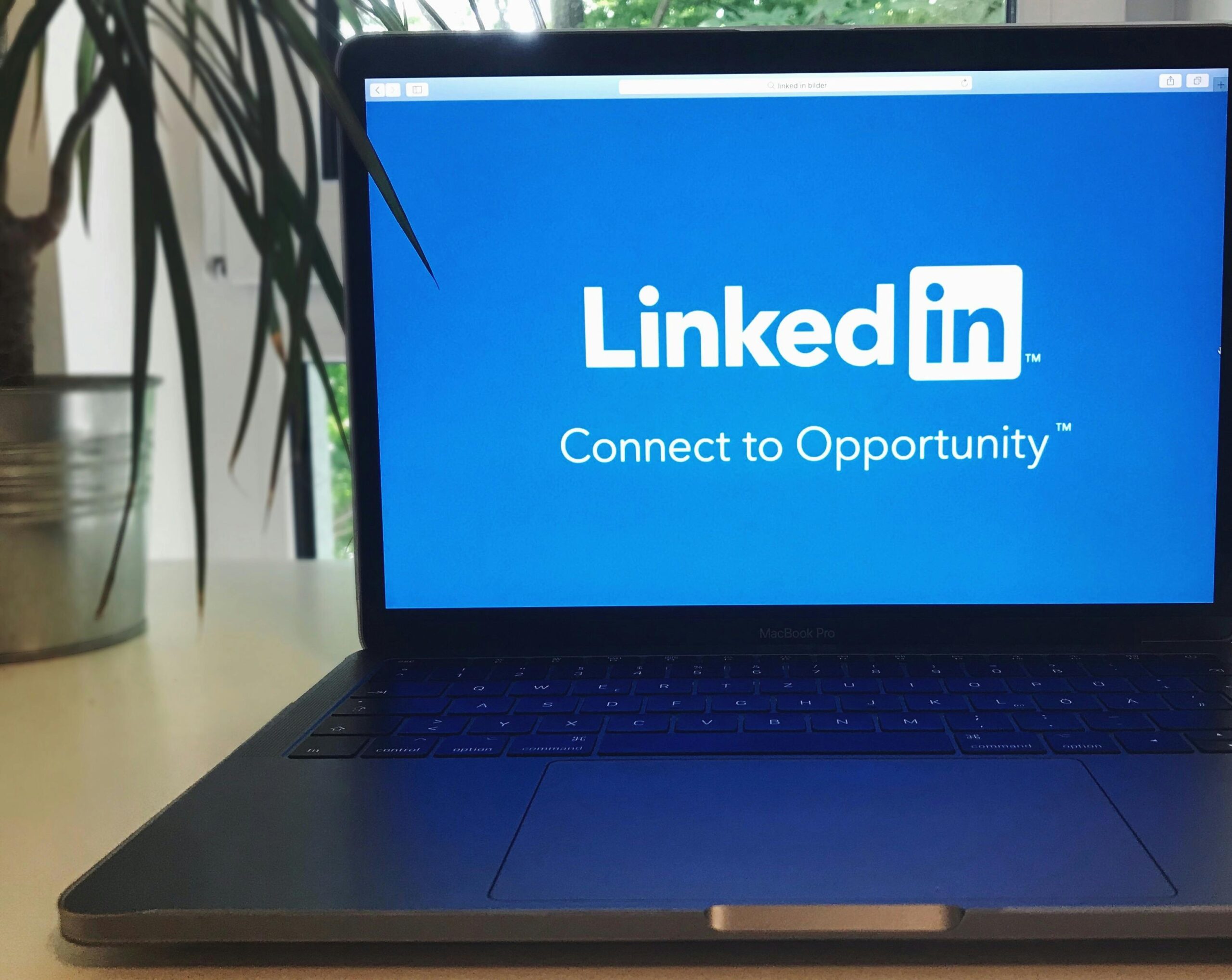
How to Use LinkedIn Ads for B2B Marketing: A Comprehensive Guide
However, to fully leverage LinkedIn Ads for B2B marketing, businesses need to understand the platform’s ad formats, targeting options, and best practices. In this comprehensive guide, we’ll walk you through the steps to create effective LinkedIn Ads campaigns that drive results for your business.
- Understanding LinkedIn’s Ad Formats for B2B Marketing
- Setting Clear Campaign Objectives
- Targeting the Right Audience on LinkedIn
- Crafting Compelling Ad Copy and Creative
- Budgeting and Bidding Strategies for LinkedIn Ads
- Measuring and Optimizing LinkedIn Ads Performance
- Conclusion
Understanding LinkedIn’s Ad Formats for B2B Marketing
LinkedIn offers several ad formats, each with its own strengths and ideal use cases for B2B marketing. The first step to creating successful LinkedIn Ads is understanding these formats and selecting the one that best aligns with your campaign objectives.
- Sponsored Content: These are native ads that appear directly in the LinkedIn feed, making them feel like part of the regular content stream. Sponsored Content can include text, images, and videos, making them perfect for thought leadership, brand awareness, and engagement. For B2B marketing, they’re great for sharing industry insights, product demos, and customer success stories.
- Text Ads: Text Ads are simple yet effective, consisting of a headline, short text, and an image. They appear on the side or top of LinkedIn pages. These are best used for driving traffic or generating leads with a clear, concise message and a strong call-to-action (CTA).
- Sponsored InMail: This format allows you to send direct messages to LinkedIn users’ inboxes. Sponsored InMail is ideal for delivering personalized messages or invitations for webinars, events, or product demos. It’s highly effective in engaging decision-makers directly.
- Dynamic Ads: These ads automatically adjust content based on the user’s profile. Dynamic Ads can include personalized messaging and are particularly effective for generating leads and driving website traffic. They are an excellent choice when targeting specific users for account-based marketing (ABM) campaigns.
Choosing the right ad format depends on your campaign goals, whether it’s raising brand awareness, generating leads, or driving direct sales.
Setting Clear Campaign Objectives
Before launching your LinkedIn Ads, it’s essential to define clear and measurable campaign objectives. LinkedIn allows you to select campaign objectives such as Brand Awareness, Lead Generation, Website Traffic, or Engagement.
Each of these objectives requires a different approach, so it’s crucial to align your strategy with your business goals. For instance, if your objective is to generate leads, you should focus on Lead Gen Forms, which allow users to submit their information directly on LinkedIn. If you want to drive traffic to your website, choose Website Visits as your objective and optimize your ads to attract clicks.

By setting clear goals, you can track success more effectively and adjust your strategy to ensure the campaign delivers the best possible results. Use SMART (Specific, Measurable, Achievable, Relevant, Time-bound) goals to measure the success of your campaigns.
Targeting the Right Audience on LinkedIn
LinkedIn’s targeting options are one of its most powerful features. With the ability to filter by company size, job title, industry, skills, education, location, and even LinkedIn groups, you can create highly refined audience segments to ensure your ads reach the right people.
For B2B marketing, it’s critical to define your audience based on demographic and firmographic criteria. Firmographics such as company size, industry, or revenue can help you reach decision-makers who are more likely to need your services. For example, if you offer enterprise software solutions, you can target large organizations with specific job titles such as IT directors or CTOs.
In addition to demographic targeting, LinkedIn offers behavioral targeting options based on users’ activity on the platform. You can target people who are engaging with specific content or showing interest in certain topics relevant to your product or service. You can also use Matched Audiences to upload email lists or retarget website visitors, allowing you to follow up with leads who have already shown interest in your brand.
Crafting Compelling Ad Copy and Creative

Once you’ve defined your audience and chosen your ad format, the next step is to create compelling ad copy and visuals. B2B marketing on LinkedIn requires professional yet engaging content that speaks directly to the pain points and goals of your target audience.
For ad copy, focus on clarity and value. Your headline should be attention-grabbing and address the needs or challenges of your audience. In the body of the ad, provide a concise explanation of how your product or service solves those problems. Be sure to include a clear call to action (CTA), such as „Request a Demo,“ „Learn More,“ or „Download Now,“ depending on your goal.
Visuals are equally important. Use high-quality images or videos that are relevant to your message and industry. Avoid overly generic stock photos and opt for images that resonate with your audience. If you’re showcasing a product or service, consider using case studies or testimonials as proof of value to build credibility and trust.
Budgeting and Bidding Strategies for LinkedIn Ads
LinkedIn Ads operate on a bidding system, where you set a budget for your campaign and bid for ad placement. There are two main bidding options on LinkedIn: Cost Per Click (CPC) and Cost Per Thousand Impressions (CPM).
When determining your budget, consider your campaign objective. If your goal is to drive traffic, CPC bidding may be the best choice because you’ll only pay when someone clicks on your ad. However, if your goal is brand awareness, CPM bidding could be more appropriate, as you’ll pay for every 1,000 impressions your ad receives.
LinkedIn also allows you to set a daily or total campaign budget depending on how much you’re willing to spend. When starting a new campaign, it’s often best to start with a smaller budget and adjust based on the results you see. Be sure to monitor your budget and optimize it regularly to ensure you’re getting the best possible ROI.
Measuring and Optimizing LinkedIn Ads Performance
Once your LinkedIn Ads are live, it’s essential to monitor their performance regularly. LinkedIn’s Ads Manager provides valuable metrics such as click-through rates (CTR), engagement rates, conversion rates, and cost per conversion. These metrics allow you to track the success of your ads and identify areas for improvement.
Regularly A/B test your ads to determine which elements—such as ad copy, images, targeting, or CTAs—are performing the best. Testing different variations will help you refine your strategy and improve overall performance.
LinkedIn also provides conversion tracking, which helps you measure how many leads or sales were generated from your ads. This information is crucial for adjusting your ad spend and improving ROI. By continually optimizing your ads based on performance data, you can ensure that your LinkedIn Ads campaigns stay aligned with your business objectives and deliver the best possible results.
Conclusion
LinkedIn Ads offer a powerful opportunity for B2B marketers to reach decision-makers, generate qualified leads, and drive meaningful business results. By understanding LinkedIn’s ad formats, setting clear campaign objectives, targeting the right audience, crafting compelling ad copy, managing your budget effectively, and optimizing campaign performance, you can create successful LinkedIn Ads campaigns that deliver a high return on investment. As with any marketing strategy, continuous testing and refinement are key to achieving long-term success and growth.


